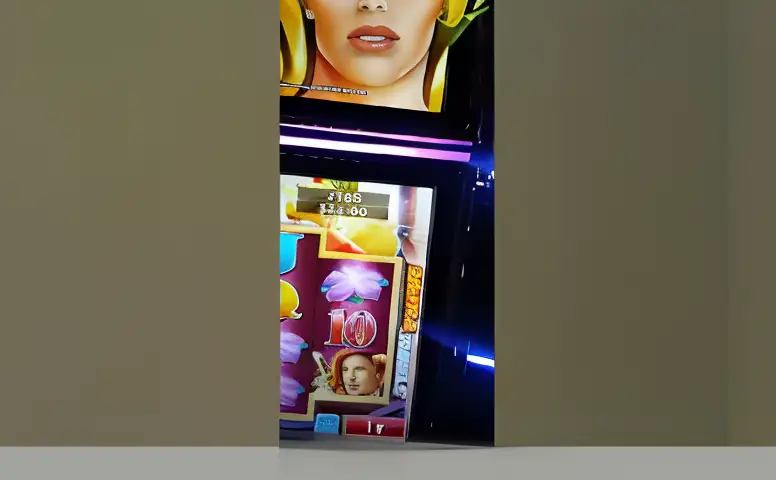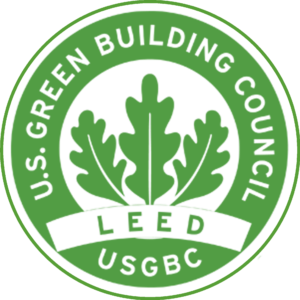Why OKX Wallet is Your Go-To Web3 Portal for NFT Marketplaces and DeFi Hubs
Okay, so check this out—diving into the world of Web3 wallets is kinda like walking into a crowded street fair with a hundred booths shouting at you. You want to find that one stall with the coolest, rarest stuff, but you don’t know where to start. Wow! That’s exactly what it feels like navigating NFT marketplaces and DeFi hubs without a solid, integrated wallet.
Initially, I thought all crypto wallets were basically the same. Just a place to stash your digital assets, right? But then I realized—nope, the ecosystem’s evolved way beyond that. Now, your wallet is your passport, your bank, your marketplace access point, and your security guard all rolled into one. It’s wild.
So, what makes a wallet truly powerful? For me, it boils down to seamless integration, user control, and trustworthiness. I mean, you can’t just rely on guesswork when your NFTs or DeFi tokens are worth real bucks. And that’s where OKX Wallet enters the scene, offering more than just a basic crypto storage solution.
Something felt off about many wallets out there—they’re either clunky, or they force you to jump through hoops just to buy or sell NFTs. OKX Wallet shakes things up by being a real Web3 portal. It doesn’t just hold assets; it connects you directly to NFT marketplaces and DeFi hubs with ease.
Seriously? Yeah, seriously. It’s like having a single app that knows exactly what you want to do next, guiding you without making you feel lost in the crypto wilderness.
Alright, let’s get into the nitty-gritty. NFT marketplaces have exploded recently, but many of them are fragmented. You might have to create multiple profiles, manage separate wallets, or deal with poor UX that scares off newcomers. That’s no fun, especially when gas fees and transaction times are unpredictable.
With OKX Wallet, you get an integrated experience that feels intuitive. It supports multiple chains, so you’re not locked into just Ethereum or one ecosystem. I’ll be honest, the multi-chain support is a game-changer for anyone dabbling in NFTs or DeFi. You can hop from one marketplace to another without constantly switching wallets or worrying about compatibility. My instinct said, “This is what’s been missing.”
Plus, the wallet is designed with security in mind. We all know stories about wallet hacks and phishing scams. OKX Wallet incorporates robust encryption and user-controlled private keys, which means you hold the keys, literally and figuratively. On one hand, this puts more responsibility on you, but on the other, it’s empowering. Though actually, if you’re serious about Web3, that’s the trade-off you want.
Now, here’s a little tangent for you—(oh, and by the way…)—the DeFi hub integration is where things get really interesting. Instead of bouncing between separate apps for lending, staking, or yield farming, OKX Wallet acts as a gateway. You can monitor your positions, approve transactions, and explore new DeFi projects all under one roof. That kind of fluidity isn’t common.
Hmm… this part bugs me a little though. Sometimes, wallets claim to be “all-in-one” but end up being jack-of-all-trades, master of none. But with OKX, I found the balance pretty well struck. It’s not overwhelming, and the interface stays clean. The team behind it knows what active DeFi users need—simplicity without sacrificing depth.
Why Integration Matters: A Personal Take
Let me share a quick story. Last year, I was juggling multiple wallets just to manage NFTs across different blockchains. It was a mess—constantly logging in and out, copying addresses, double-checking transactions. I almost lost track of a rare NFT because of a wallet mix-up. Ugh.
When I started using OKX Wallet, the relief was immediate. This wallet not only integrated with the NFT marketplaces I frequent but also gave me real-time updates on my holdings and gas fees. And here’s the kicker: It connected directly with the OKX exchange, so swapping tokens was just a couple of clicks away, no need to leave the app or switch platforms.
For anyone who’s ever felt overwhelmed by the fragmentation of Web3 tools, this is huge. The ecosystem is still young, and having a unified portal like OKX Wallet can save you from costly mistakes and stress.
By the way, if you want to check it out yourself, the okx wallet official site has all the details, and the setup process is surprisingly straightforward.
Something to keep in mind though: no wallet is perfect. Sometimes network congestion or unexpected UI quirks pop up, but the team behind OKX regularly updates and improves the experience. It’s not static, which I appreciate.
Unlocking the Future of Web3 Interaction
Here’s the thing. As Web3 matures, your wallet won’t just be a tool; it’ll be your identity hub. NFTs aren’t just collectibles anymore—they’re tickets, memberships, even digital real estate. DeFi protocols are evolving rapidly, offering new financial instruments every month. You want a wallet that can keep up, not hold you back.
OKX Wallet’s approach to being a Web3 portal reflects that vision. It lowers the barrier to entry, making it easier for both newcomers and seasoned users to explore the ecosystem without jumping through endless hoops. The convenience of having your NFT marketplace, DeFi hub, and exchange access under one roof is more than just a nice-to-have—it’s becoming essential.
That said, I’m not saying you should ditch your current setup overnight. But if you’re curious or tired of the fragmented mess, give OKX Wallet a shot. The integration with the OKX exchange is especially handy for anyone who trades regularly. It’s like having a Swiss Army knife for Web3—compact but packed with useful tools.
And honestly? It’s kinda exciting to see wallets evolve past being mere storage and becoming true portals into the decentralized future.





